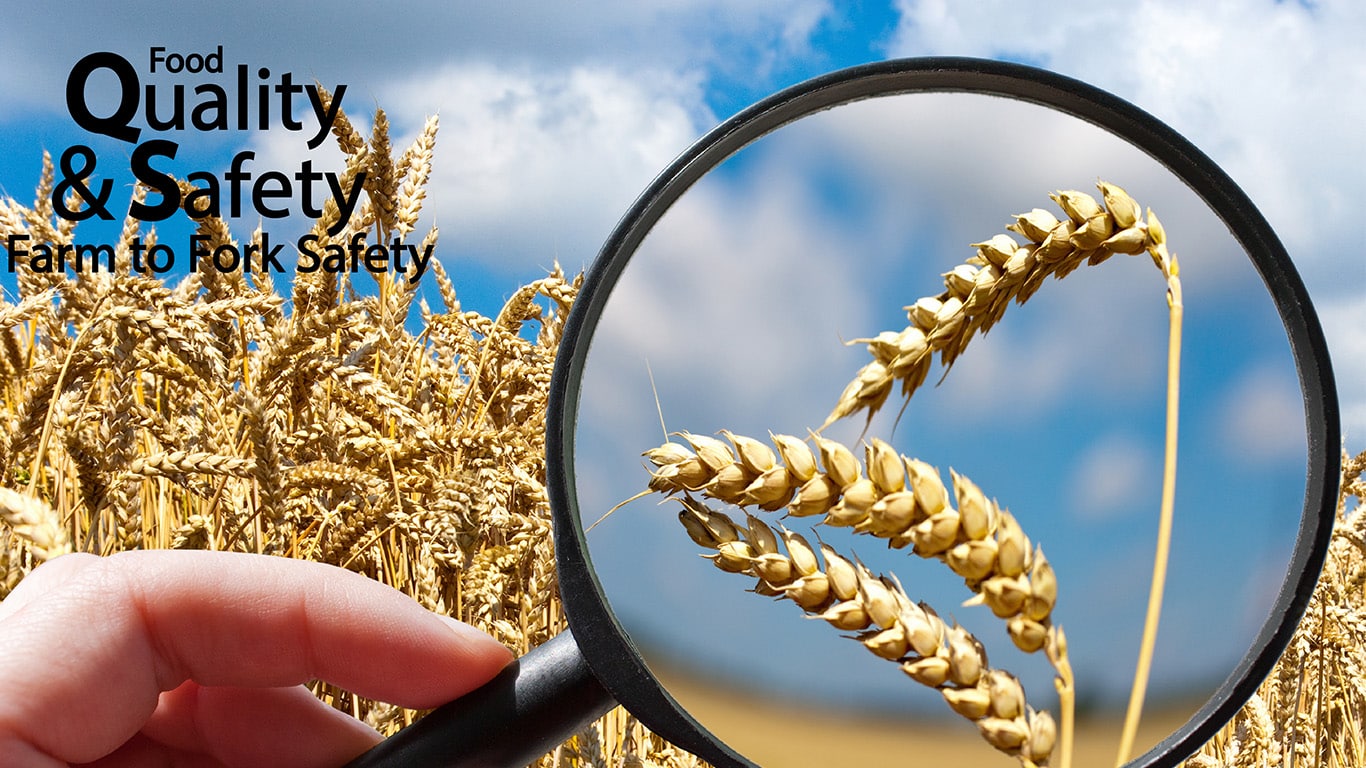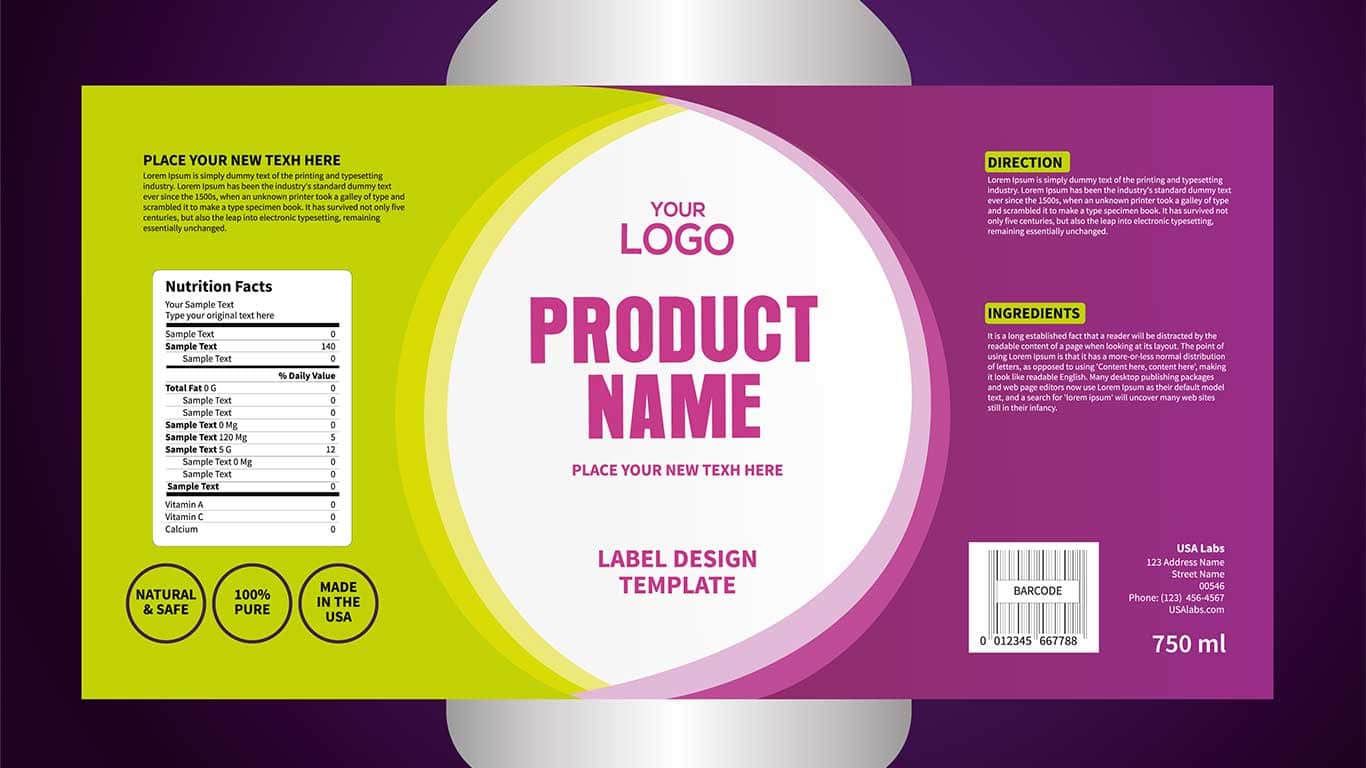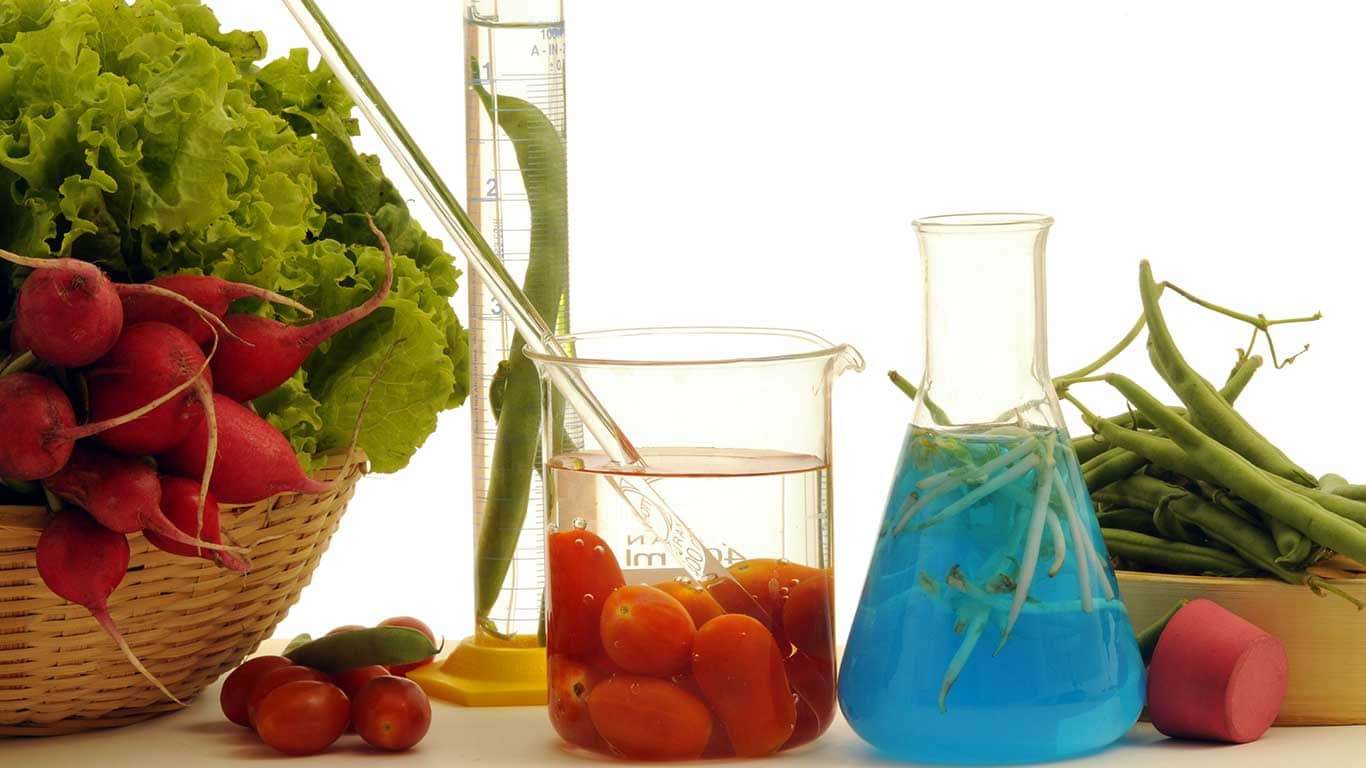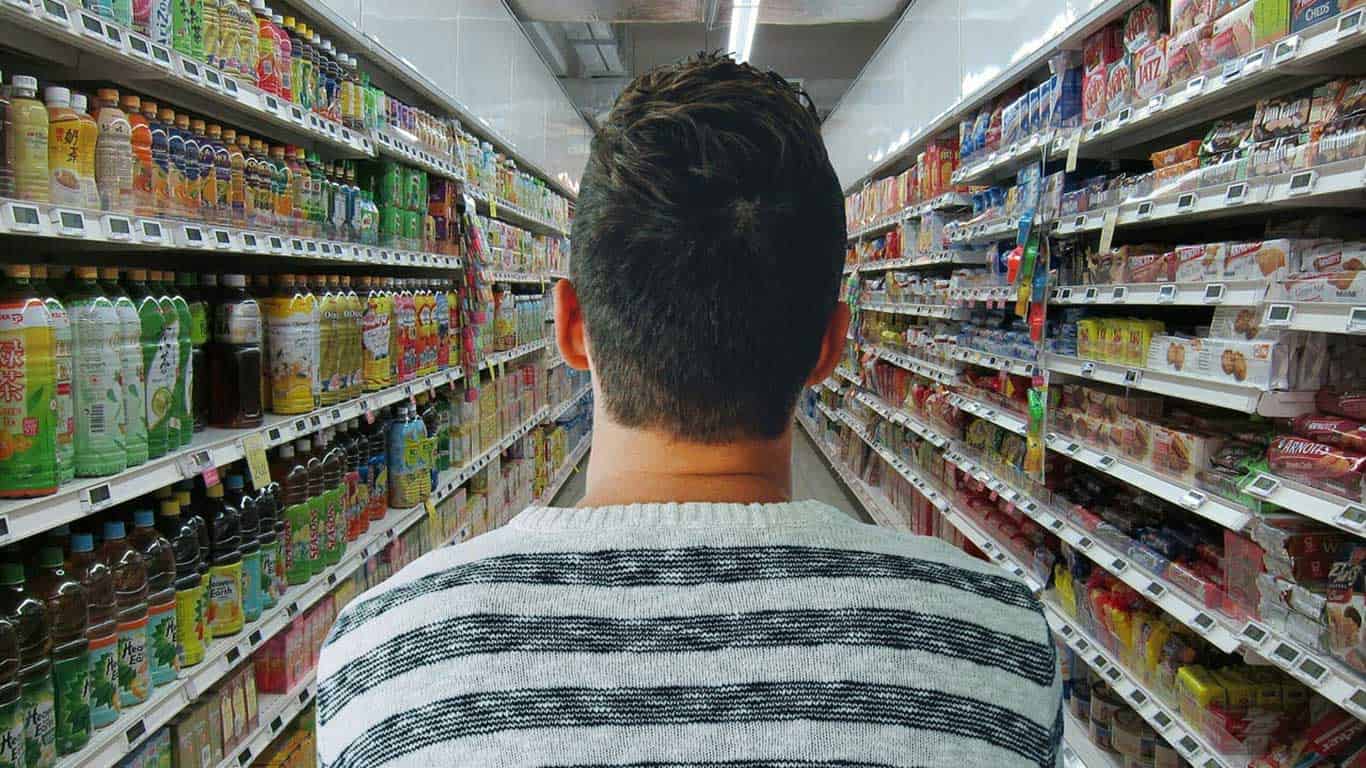Finding the essential balance
Defining food safety and food quality is nearly impossible. From consumers, to regulatory agencies, to food manufacturers – the answer depends on who – and what – you ask.
For example, food safety is sometimes defined as anything present in food that could possibly be harmful to consumers, like biological, chemical or physical objects.
End-user preparation is a challenge; many consumers create a hazardous environment while thawing or cooking their food. But it’s not always about end-use prep – food safety also includes contamination and cross-contamination issues, like accidental allergen spills that impact people who have severe or life-threatening allergies, and even the mislabeling of products as organic – all of these challenges fall into the food safety-food quality basket.
Formula-based food manufacturers understand that it is very easy for recipes to become corrupted by other substances – foods or foreign bodies – during the production, packaging, and transportation processes. Since 2012, consumers have expressed growing concerns regarding food safety. In fact, more than 68 percent say that a brand’s reputation for providing adequate food safety precautions is one of their top two motivators for the purchase choices they make.
Free E-Book
Why Blockchain will be a game changer for the food and beverage industry.
Organics from a global perspective
According to reports, five percent of U.S. total food sales is organic – and more than 30 percent of households say that they purchase only organic products. The growth projections are enormous – organic food are conservatively predicted to increase 20 percent by 2020.
Of particular concern – the rise in sales and consumption of organic foods has created a gap in compliance. There is no specific global regulatory body that claims responsibility for import controls or specific organic designation for these products.
Food Law Latest, an exceptionally reliable independent advice and training organization that specializes in global food law, the labeling of food products, risks for food safety and legalities surrounding the advertising of food products, recently reported that in Belgium, the enforcement of compliance with regulatory standards is quite “weak, in particular in cases of severe and recurrent irregularities.”
Cesare Varallo, food law expert and author of the study, found that theses irregularities are neither reported nor fully investigated, which “reduces the effectiveness of the entire control system,” to accurately define and label organic products.
In addition to the question of safety, Varallo cites food fraud as a major concern; he said that “weak import controls, the hybrid nature of control bodies and weak supervision area gateways for fraudulent activities and noncompliance.” Although he added that these “commercial frauds” are not likely to create risks from a public health perspective, new technologies, like blockchain and comprehensive product lifecycle management that reinforces traceability should be applied to secure transactions throughout the supply chain.
Hazards
Reports conducted jointly between the World Health Organization and the Food and Agricultural Organization of the United Nations provided recommendations to review and establish acceptable levels of risk for foods, to ensure a global, common understanding of food quality versus food safety hazards.
The organization found that the main challenge is cross-contamination consumption, as determined by samplings of formula-based prepared foods.
Many elements of research focus on what consumers can do to protect themselves – food prep is one of the major concerns – but beyond comprehensive labeling with specific preparation instructions to educate consumers on how their behavior and activities contribute to food safety and ways that they can decrease risks of foodborne illnesses, there is little that food manufacturers can do to impact hazards of this nature.
Safety or Quality? We can have both
The implementation of a comprehensive, end-to-end PLM process solution delivers peace of mind for food producers who seek to ensure product quality, regulatory compliance, transparency and traceability for workflows – from research and development to pantry shelf.
R&D teams must manage, monitor and maintain massive amounts of proprietary data. PLM allows all data – from research to trials and simulations – to be stored in a specific repository, creating a single source of truth that is available on demand to authorized shareholders.
Quality management teams can track raw materials, semi-finished or finished products from any point in the formula-based food development cycle. This is crucial in case of cross contamination or product recall – and imperative for food safety and food quality control.
Innovative PLM process solutions, like SpecPDM, deliver opportunities for new product development that simply are not possible without a secure, transparent data management system. Efficiency and the elimination of errors in product data management provides essential leverage – the kind of leverage that determines product quality, return on investment, global regulatory compliance and bottom-line net profit.




